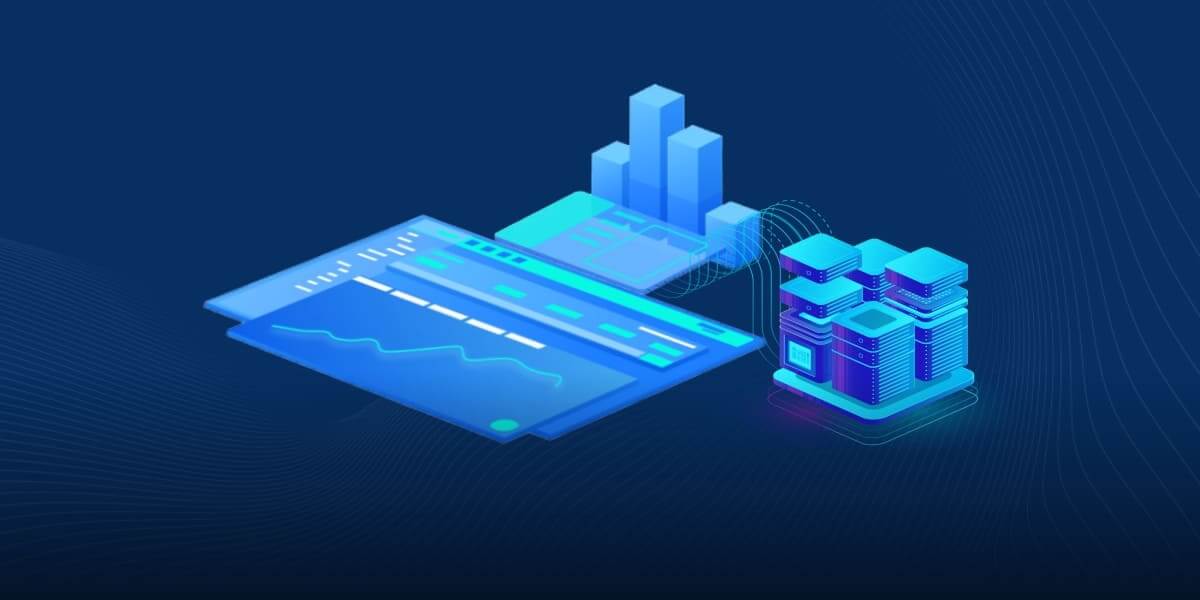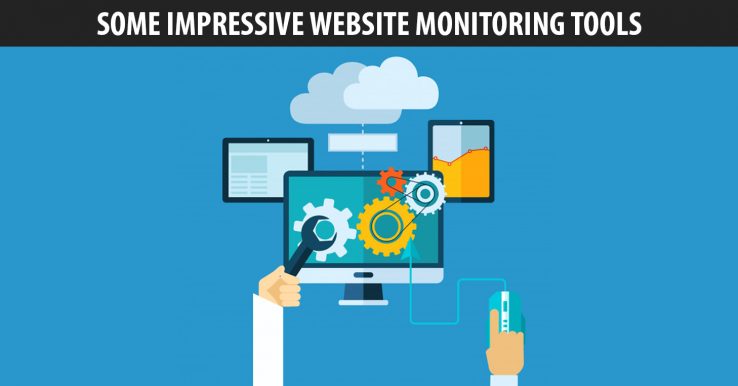What is Server Monitoring? A Beginner’s Guide

Server monitoring is the practice of observing and tracking the performance, health, and activity of a server or a network of servers to ensure their optimal functionality. It involves collecting data on various server metrics, analyzing that data, and taking proactive measures to address potential issues or inefficiencies. The primary goal of server monitoring is to maintain the reliability, availability, and performance of servers and related systems.
Here is a beginner’s guide to server monitoring:
Key Concepts:
- Metrics:
- Metrics are measurable values that indicate the state or performance of a server. Common metrics include CPU usage, memory usage, disk space, network bandwidth, and server response time.
- Logs:
- Logs record events and activities on a server. Monitoring tools often analyze logs to identify patterns or anomalies that might indicate issues, errors, or security threats.
- Alerts:
- Monitoring tools generate alerts or notifications when predefined thresholds are exceeded or when abnormal behavior is detected. Alerts help administrators respond promptly to potential issues.
- Uptime:
- Uptime refers to the percentage of time that a server is operational and available. Server monitoring helps track uptime and minimize downtime.
- Downtime:
- Downtime is the period during which a server is unavailable. Monitoring helps identify the causes of downtime and reduce its impact.
Benefits of Server Monitoring:
- Proactive Issue Detection:
- Server monitoring allows administrators to identify potential issues before they impact performance or cause downtime. Early detection enables proactive measures to be taken.
- Performance Optimization:
- By analyzing server metrics, administrators can identify bottlenecks, resource constraints, or inefficient configurations. This information helps optimize server performance.
- Capacity Planning:
- Monitoring tools provide insights into resource usage trends over time, aiding in capacity planning. This helps administrators anticipate future resource needs and allocate resources accordingly.
- Resource Allocation:
- Efficient resource allocation is crucial for maintaining performance. Monitoring helps administrators ensure that CPU, memory, and disk space are allocated appropriately.
- Security Monitoring:
- Server monitoring includes tracking security-related metrics and analyzing logs for signs of suspicious activity. This enhances the ability to detect and respond to security threats.
- Compliance:
- Server monitoring helps organizations meet regulatory compliance requirements by tracking and reporting on relevant metrics, including security measures and uptime records.
Common Monitoring Metrics:
- CPU Usage:
- Indicates the percentage of CPU resources being utilized.
- Memory Usage:
- Reflects the amount of RAM in use and available.
- Disk Space:
- Monitors the available disk space on the server’s storage drives.
- Network Bandwidth:
- Tracks the amount of data transferred over the network.
- Server Response Time:
- Measures the time it takes for the server to respond to requests.

Monitoring Tools:
- Open-Source Tools:
- Examples include Nagios, Zabbix, and Prometheus. These tools offer flexibility and are often customizable.
- Commercial Tools:
- Products like SolarWinds, PRTG Network Monitor, and Datadog provide comprehensive features, support, and user-friendly interfaces.
- Cloud-Based Monitoring:
- Cloud providers often offer monitoring solutions, such as AWS CloudWatch, Google Cloud Monitoring, and Azure Monitor, tailored to their respective platforms.
Implementation Steps:
- Define Objectives:
- Clearly define the objectives of server monitoring based on your organization’s needs and priorities.
- Select a Monitoring Tool:
- Choose a monitoring tool that aligns with your requirements and technical environment.
- Configure Monitoring Agents:
- Install monitoring agents on servers to collect and transmit data to the monitoring tool.
- Set Thresholds and Alerts:
- Establish thresholds for key metrics and configure alerts to notify administrators when thresholds are breached.
- Regularly Review Reports:
- Regularly review monitoring reports and logs to identify trends, patterns, or anomalies.
- Periodic Adjustments:
- Periodically adjust monitoring configurations based on changing requirements, resource usage patterns, or business needs.
Server monitoring is an essential practice for organizations of all sizes to ensure the stability, performance, and security of their IT infrastructure. It helps IT teams make informed decisions, respond to issues promptly, and maintain a reliable and efficient server environment.